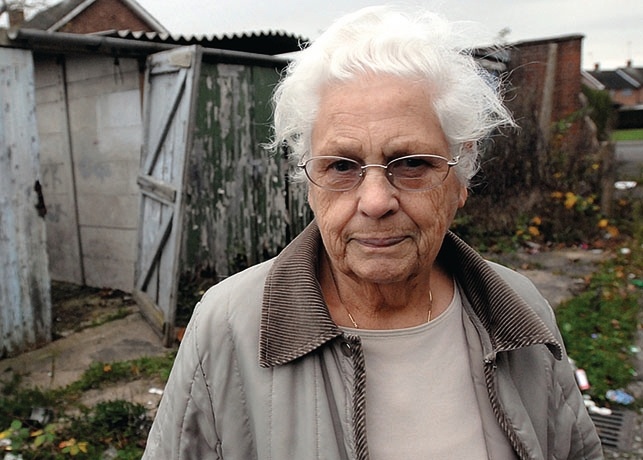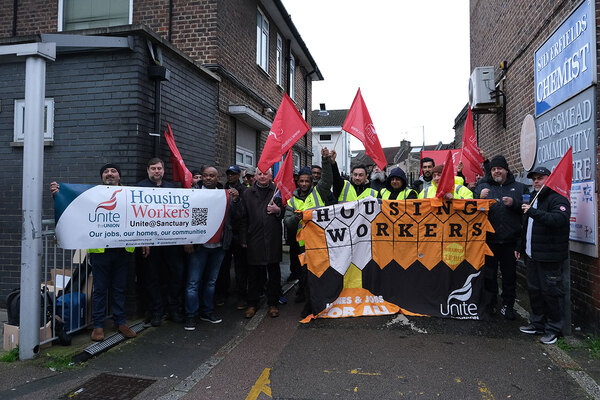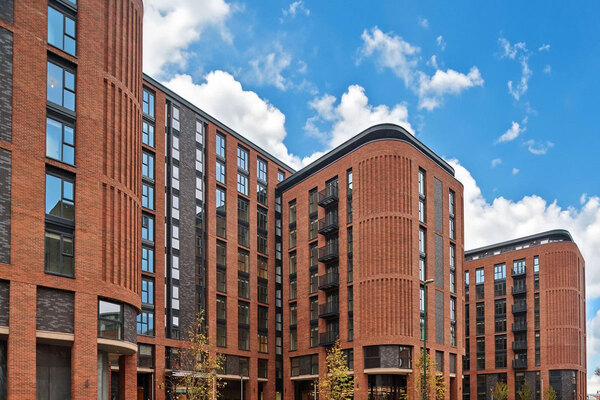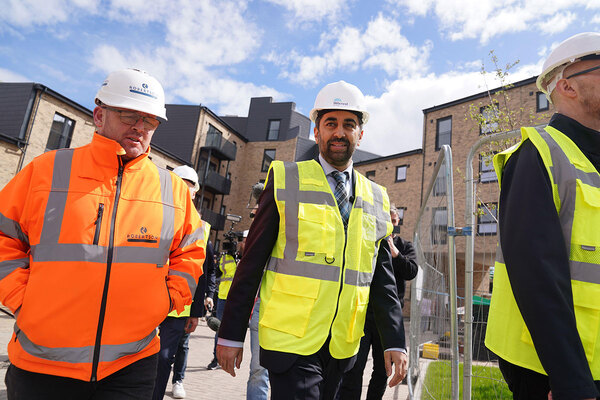You are viewing 1 of your 1 free articles
Florrie's law
The recently introduced cap on the amount social landlords can charge leaseholders could discourage major work on properties, warns Keith Searle

Many social landlords are not aware of the implications of the changes brought in this August to cap the amount social landlords can charge leaseholders for the cost of refurbishing or updating their property, judging by the reaction of delegates at a recent SDS asset management seminar in London,
The changes, popularly known as “Florrie’s Law” were introduced after 93-year-old Florrie Bourne faced a £50,000 bill from Newham Council for roof repairs.
It turned out that the council had not conducted a proper survey and it was estimated that the flat would last another 20 years in its present condition.
Spiralling fees
Ms Bourne had never been in debt in her life and died of a heart attack soon after. This prompted communities secretary Eric Pickles to act.
So we have the Social Landlord’s Mandatory Reduction of Service Charges (England) Directions 2014, which sounds rather complicated - and it is. But it packs quite a punch. That is, it limits the amount social landlords can charge leaseholders over any five year period to £15,000 in London and £10,000 in the rest of England.
This does not apply to all work and the devil is in the detail, so delegates at our seminar were encouraged to read the directions carefully. But it does apply to 2015/16 Decent Homes backlog funding, as well as other future-funded assistance for works of repair, maintenance or improvement provided by the Secretary of State, or the Homes and Communities Agency.
Well over 200,000 people in England have bought flats from local authorities and other social landlords, mostly under the Right to Buy. The initial reaction is that this is going to seriously affect landlords and make it more difficult for asset managers to plan and formulate asset management programmes in future.
The gap between the cap and the cost of works will have to be funded from the landlord’s own resources, and on some Decent Homes’ major works programmes could amount to a very significant sum for the landlord to have to find. Major works charges of £30,000 or £40,000 are not uncommon, so the cost to social landlords across the sector could be huge.
Until now there seems to be very little comment, but if leaseholders are to have their costs capped, who is going to pay for the works, and will this discourage landlords from carrying out major works on properties where there are significant numbers of leaseholders?
Finding a solution
What are tenants going to say when they realise that their rents are going towards part-funding works to leaseholder’s properties, or councils where any extra costs will have to be met by the Housing Revenue Account? It is hard to see how these measures will not eventually result in higher rent charges for tenants, who, unlike leaseholders, have not had the benefit of a subsidy to buy their home.
Of course, it will make social landlords look again at the leaseholder’s bills and that is a good thing, but after driving down specifications and tender prices, how much room do they have?
One solution for landlords may see them holding off or delaying work to stay under the price cap, which would just aggravate the situation even more.
Keith Searle is development director at Shelton Development Services











